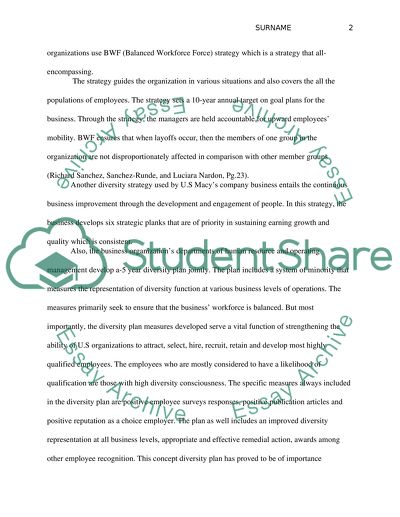Cite this document
(“Company Analysis Research Paper Example | Topics and Well Written Essays - 2250 words”, n.d.)
Retrieved from https://studentshare.org/human-resources/1670971-company-analysis
Retrieved from https://studentshare.org/human-resources/1670971-company-analysis
(Company Analysis Research Paper Example | Topics and Well Written Essays - 2250 Words)
https://studentshare.org/human-resources/1670971-company-analysis.
https://studentshare.org/human-resources/1670971-company-analysis.
“Company Analysis Research Paper Example | Topics and Well Written Essays - 2250 Words”, n.d. https://studentshare.org/human-resources/1670971-company-analysis.


